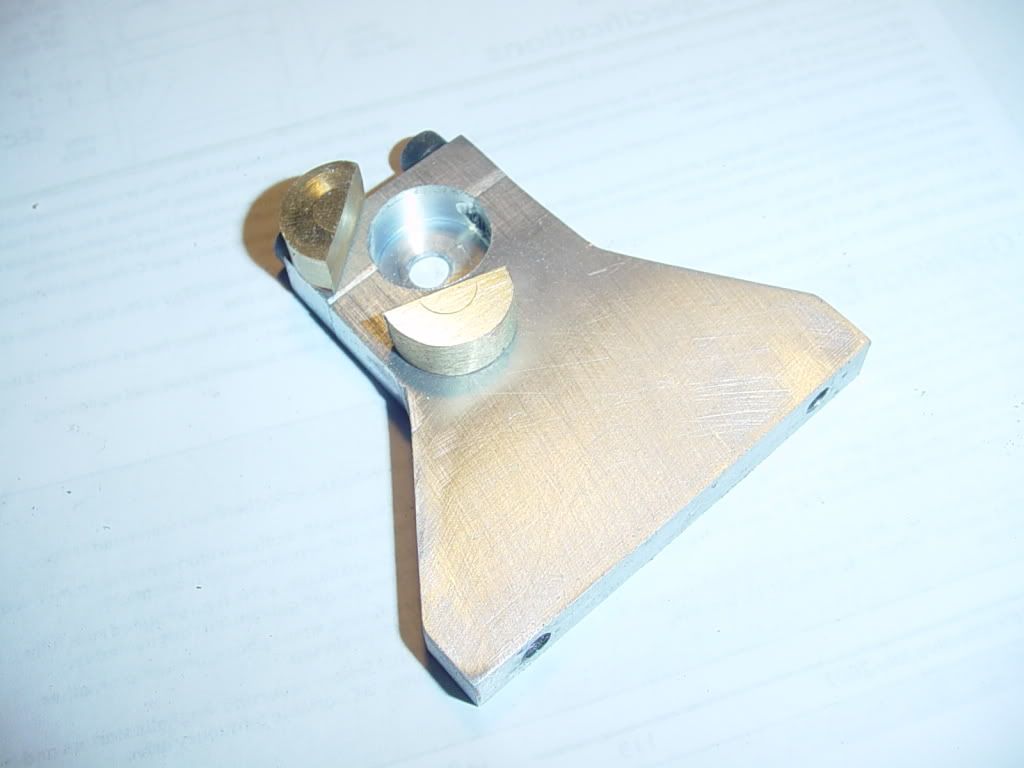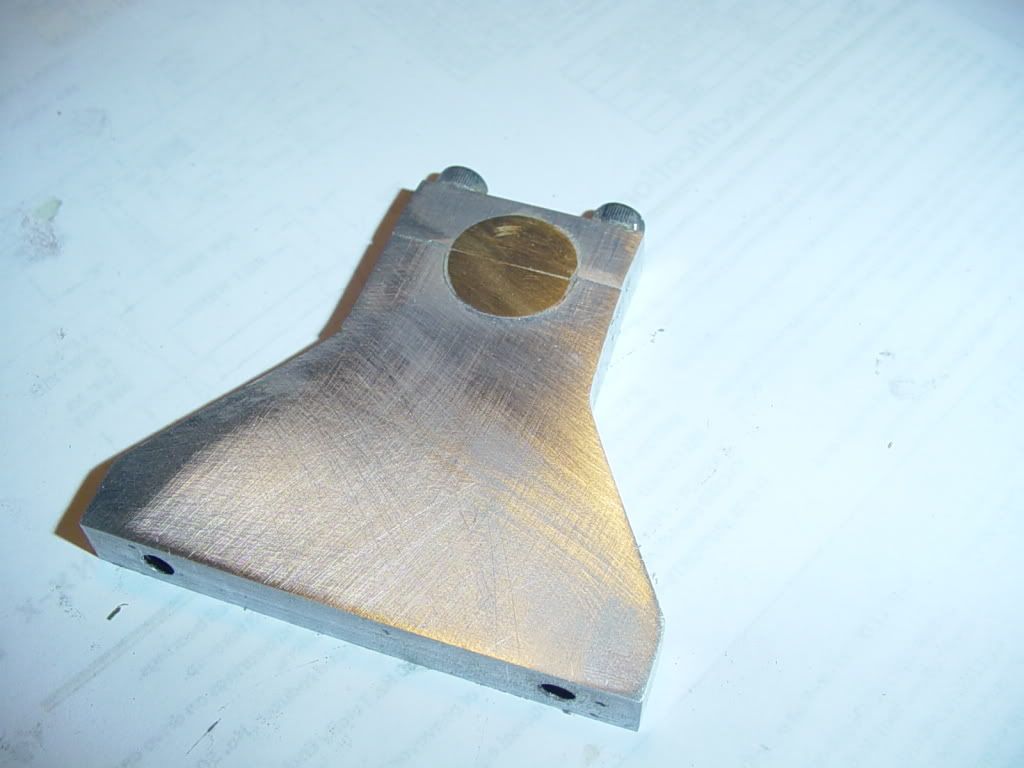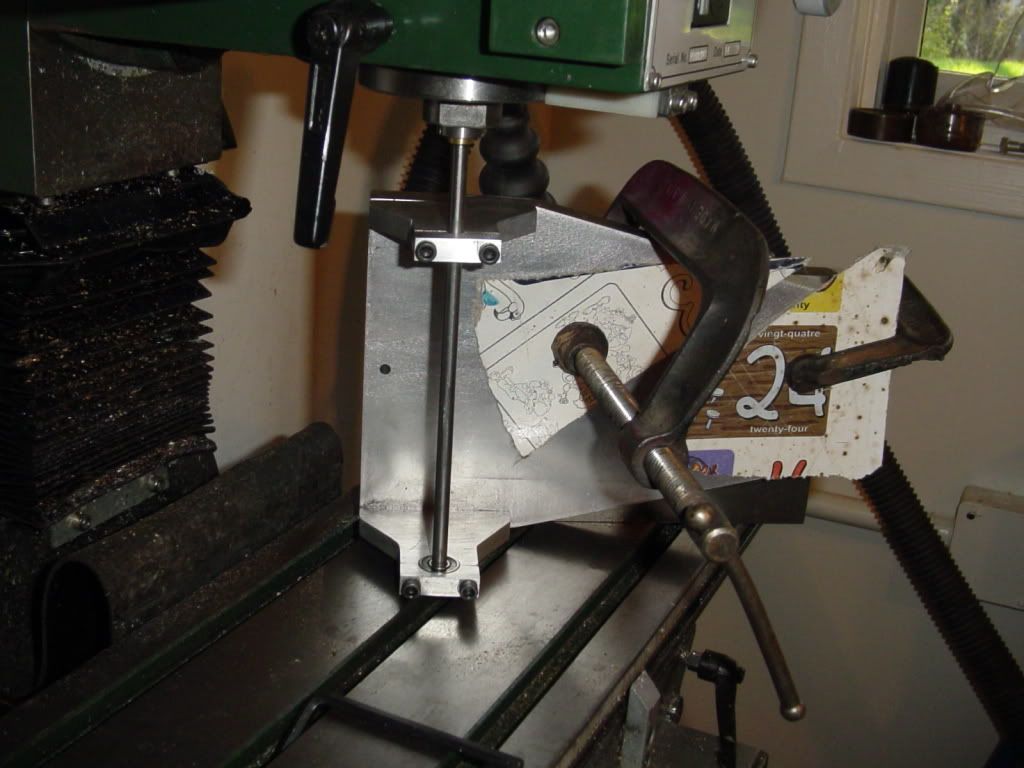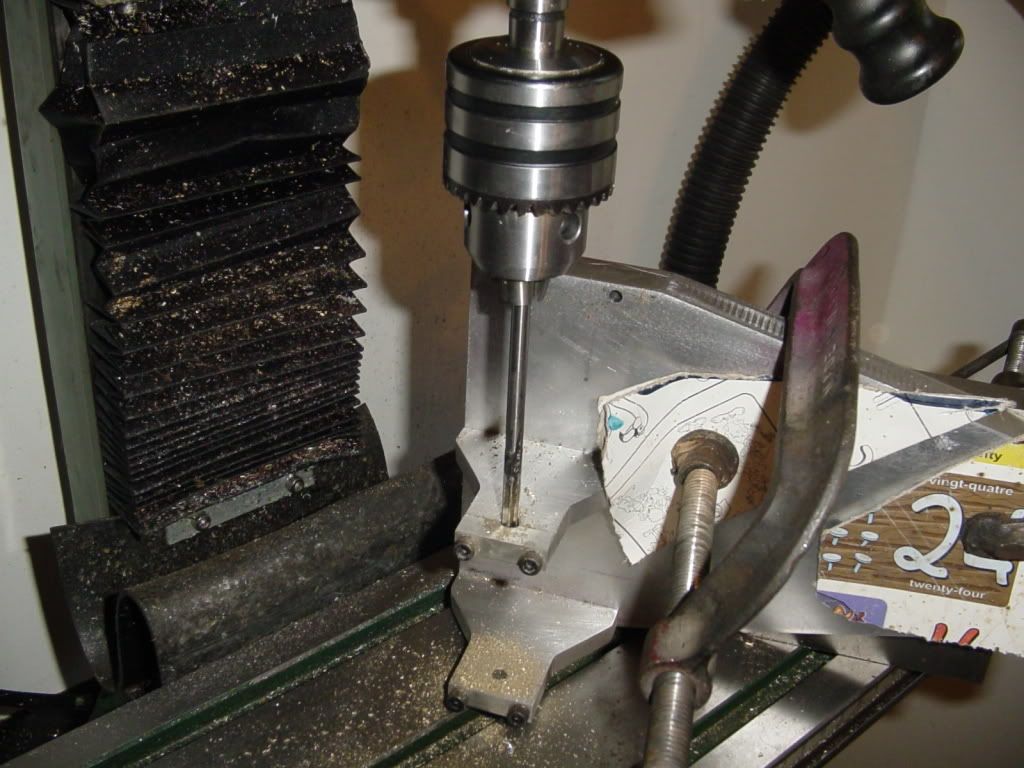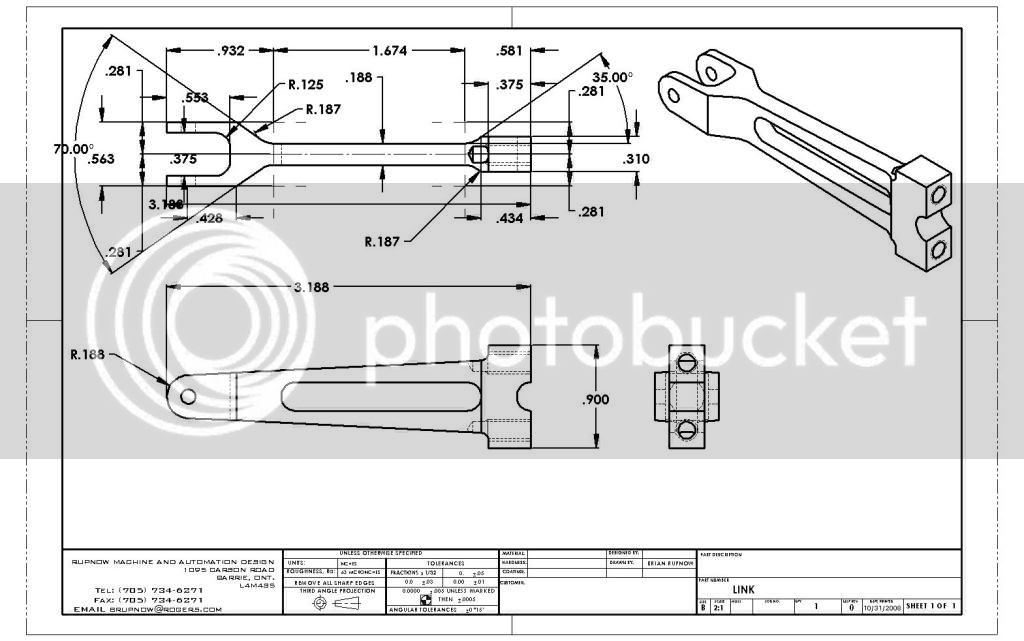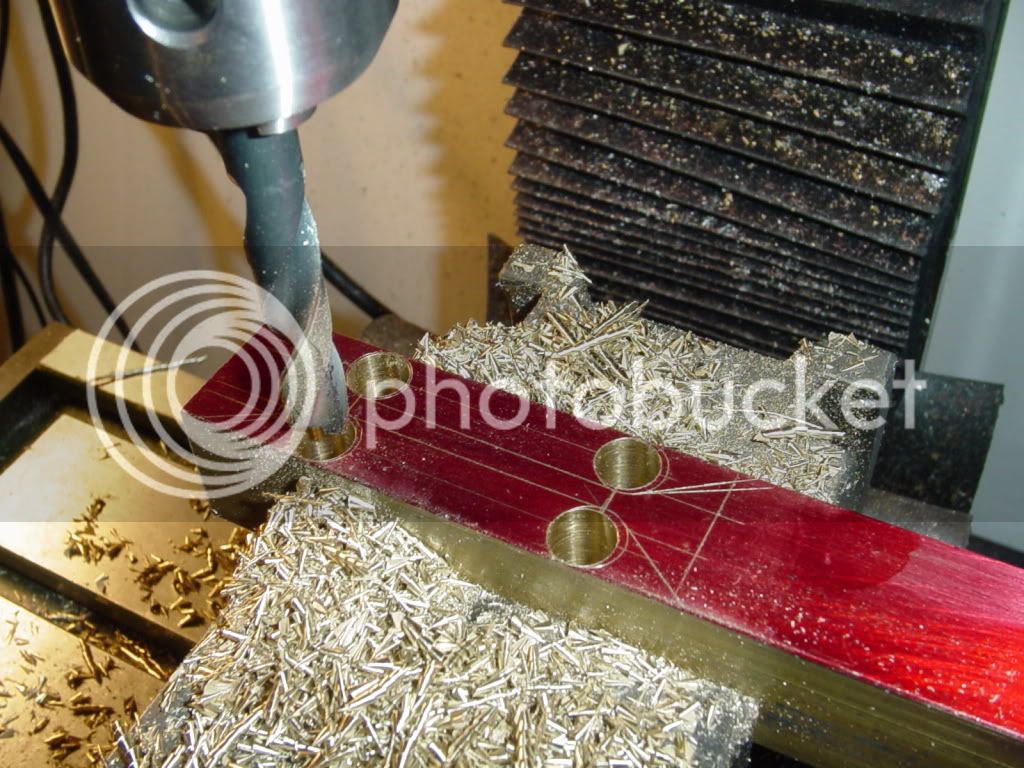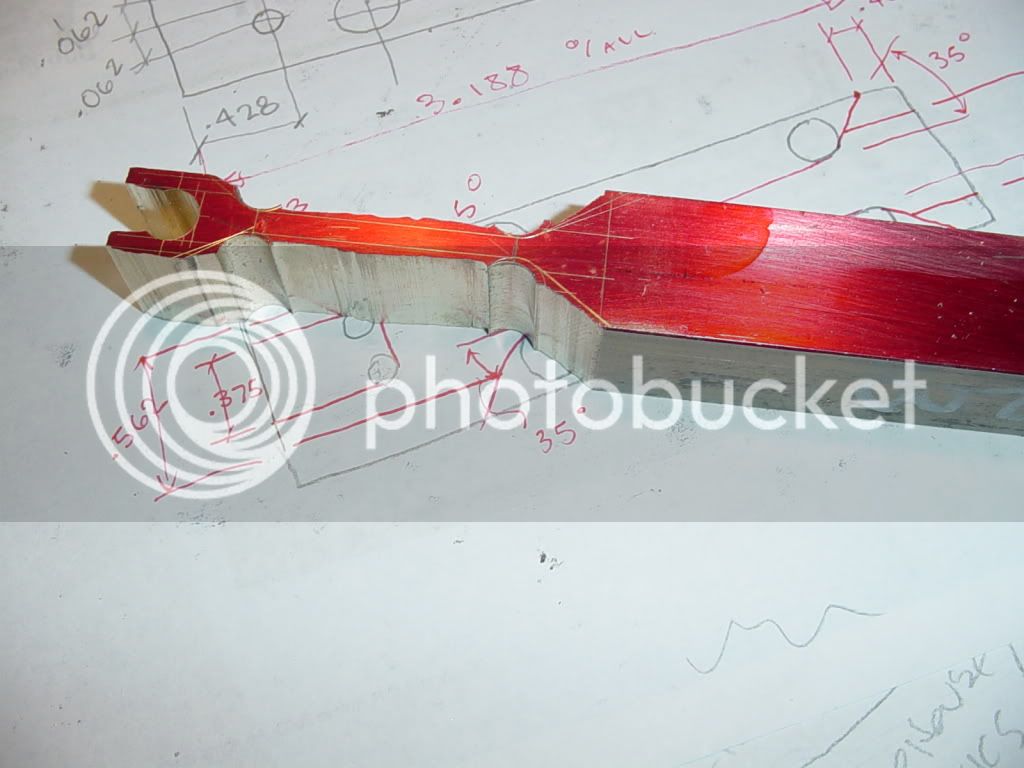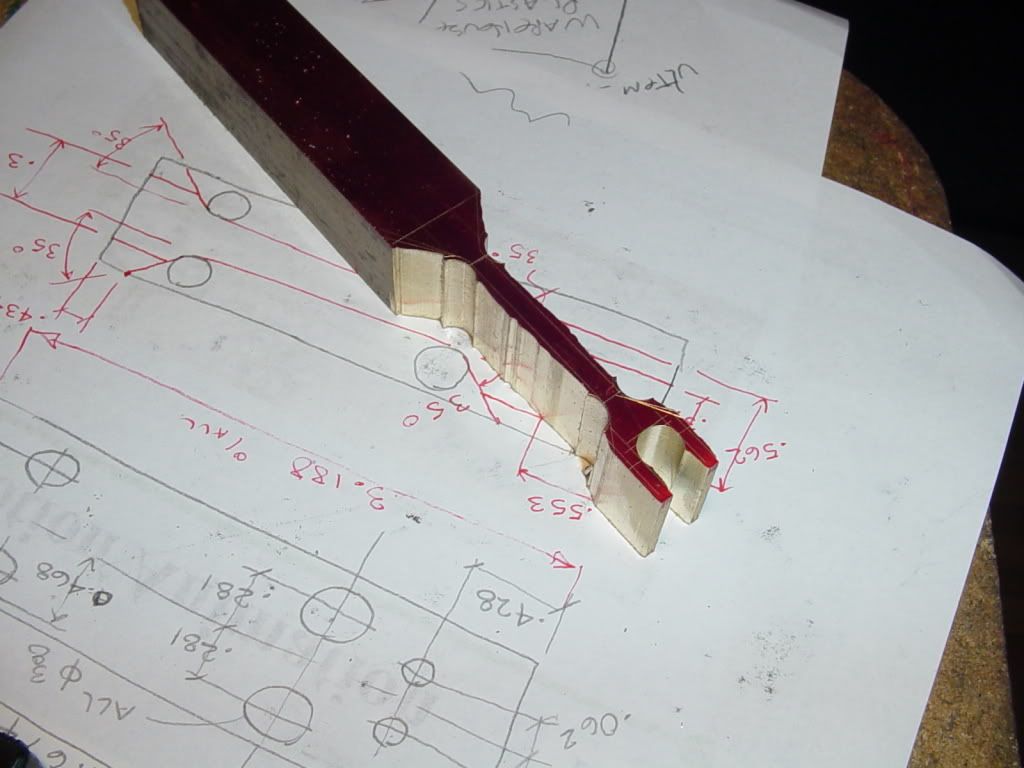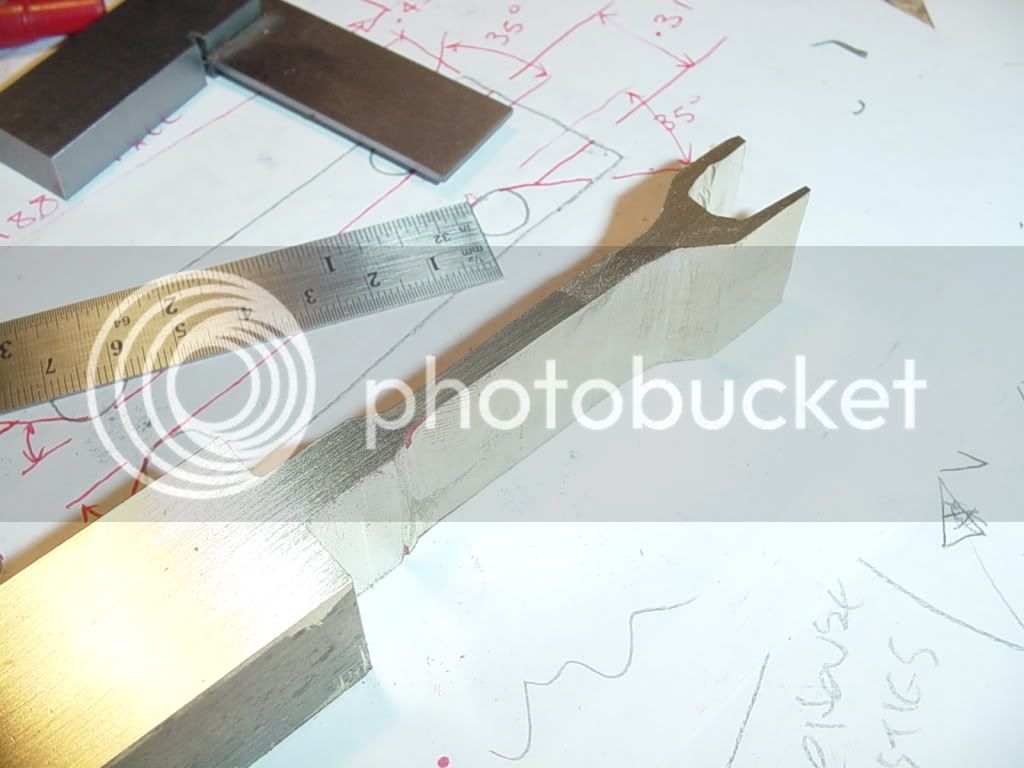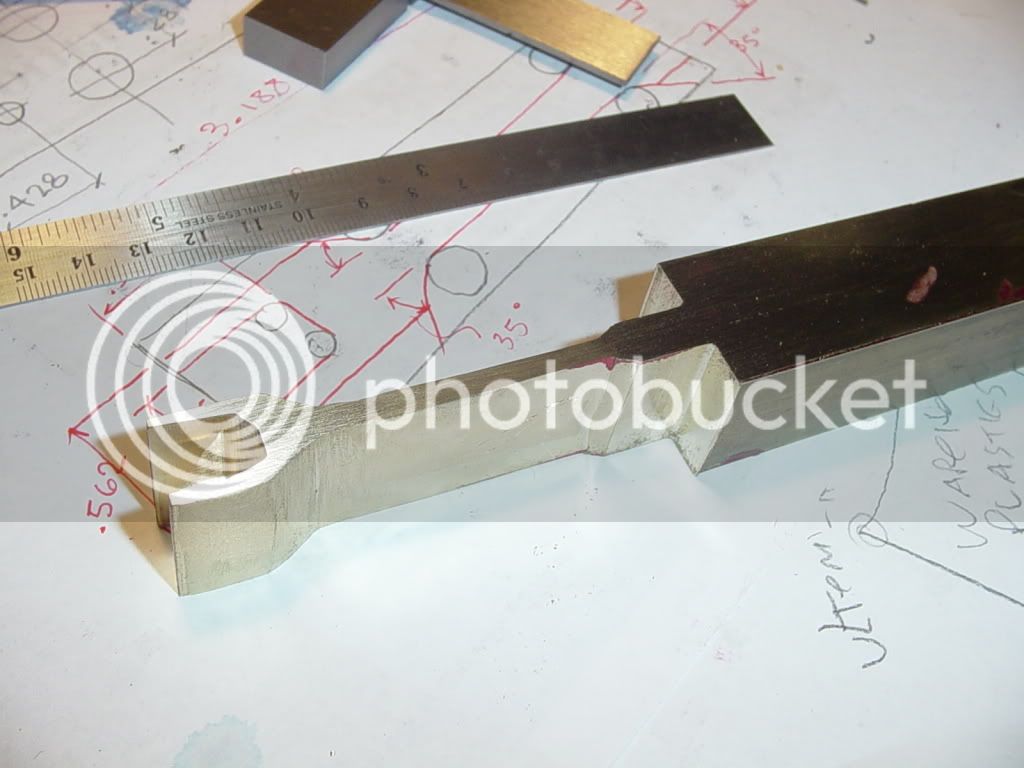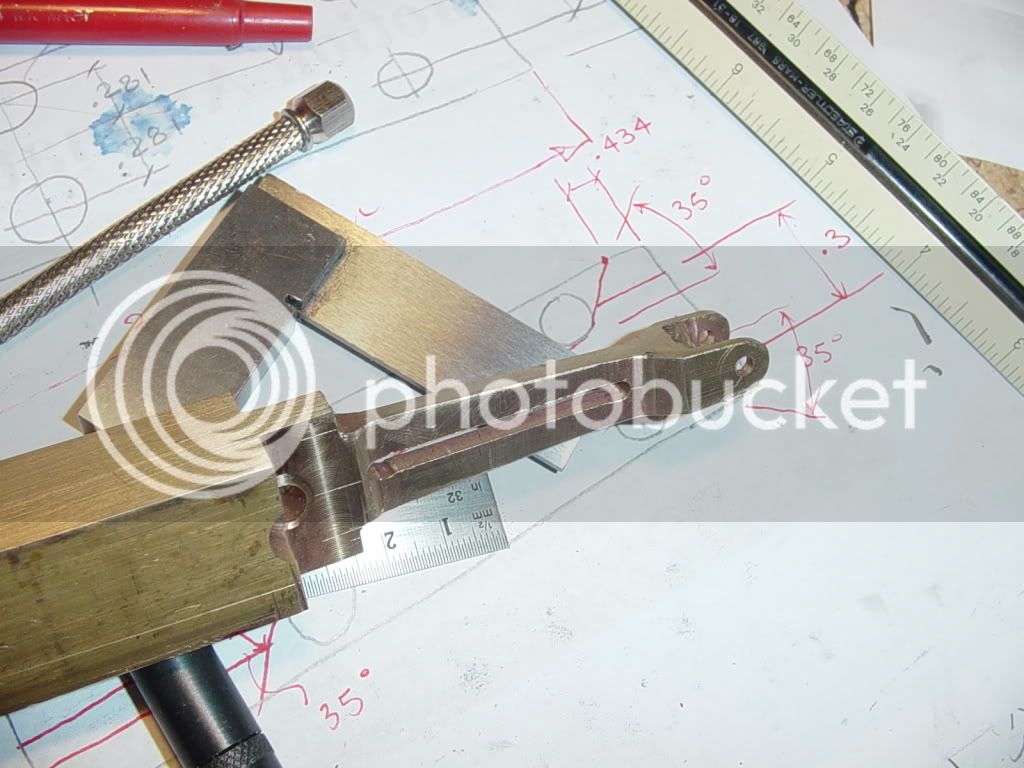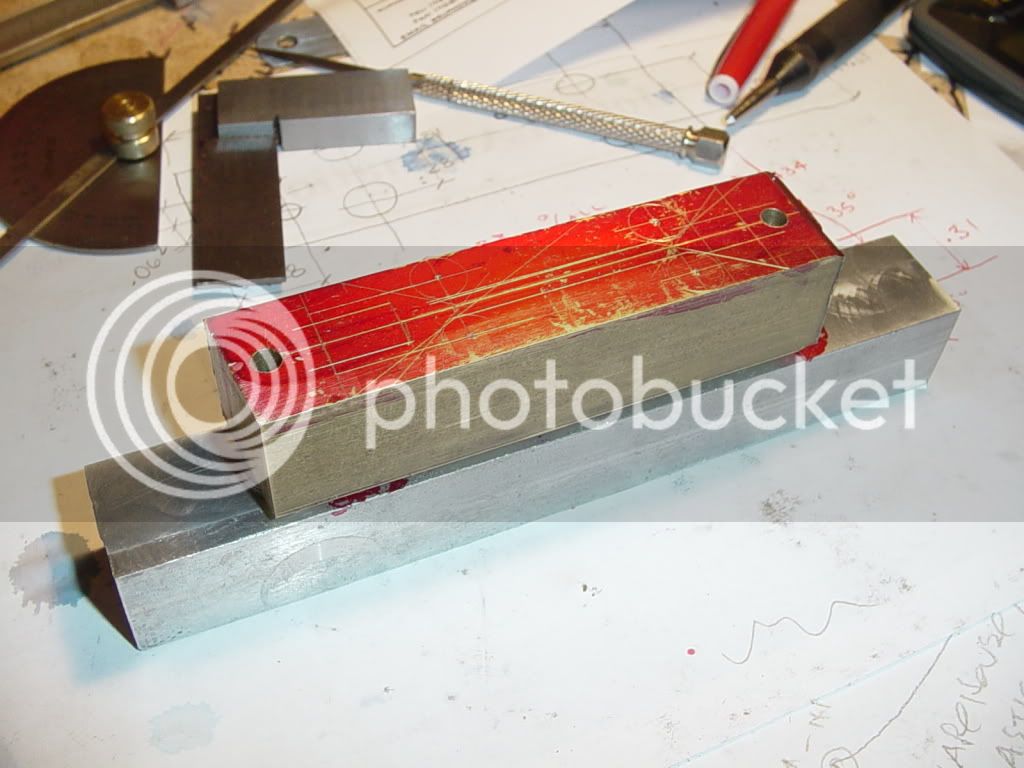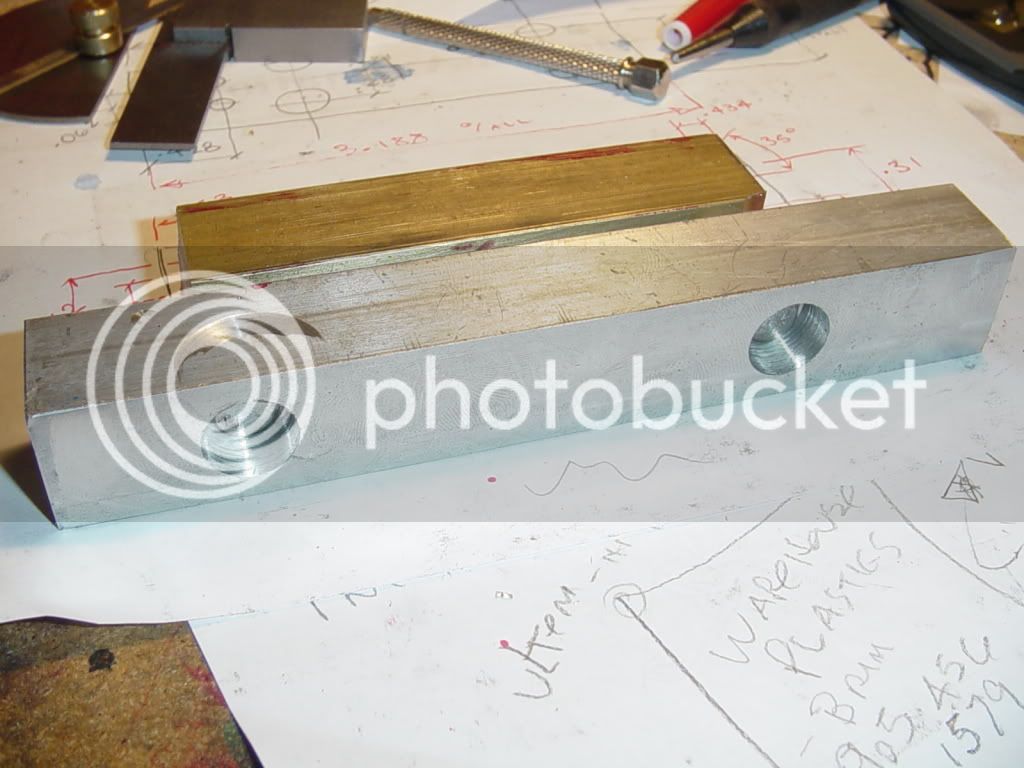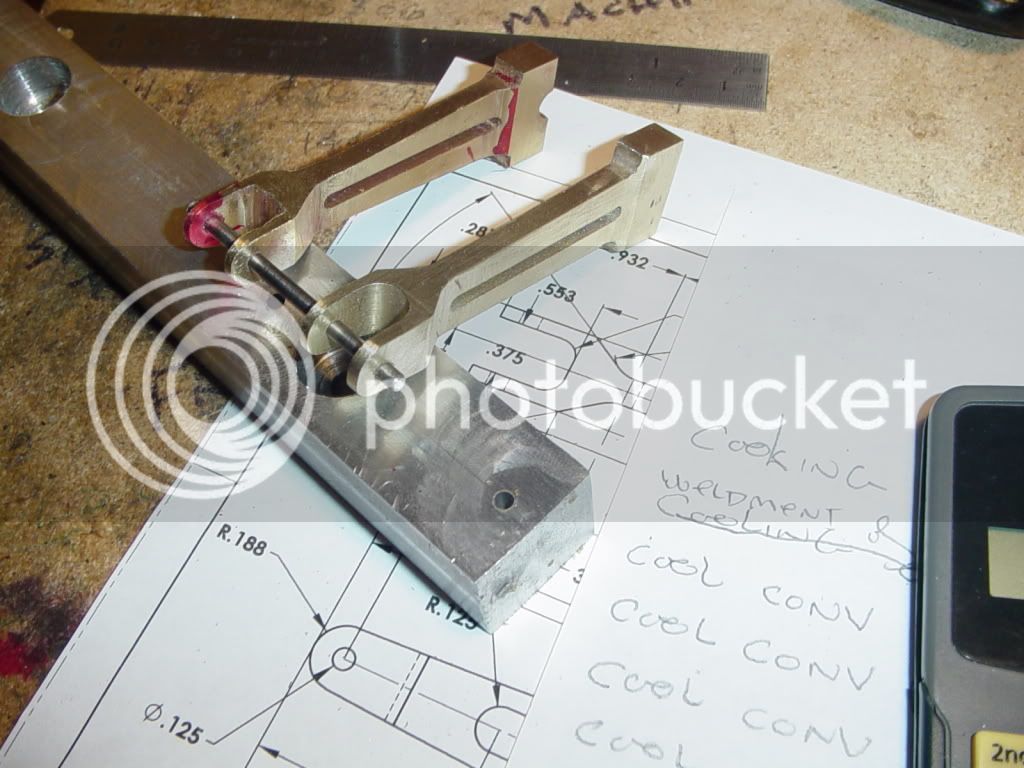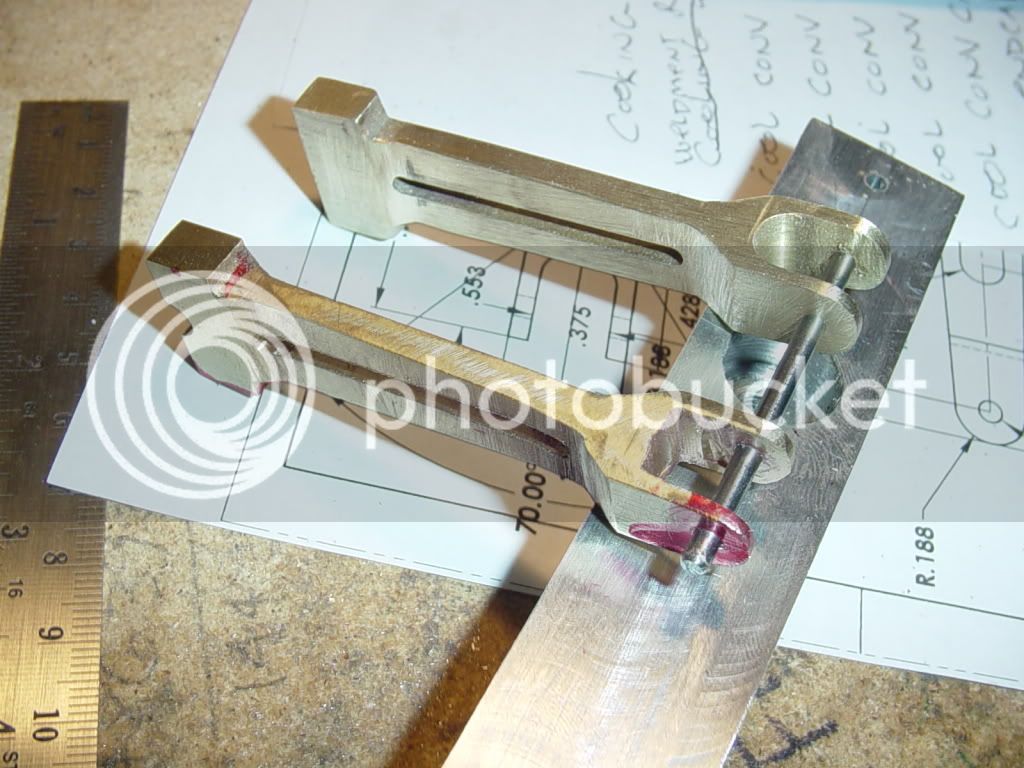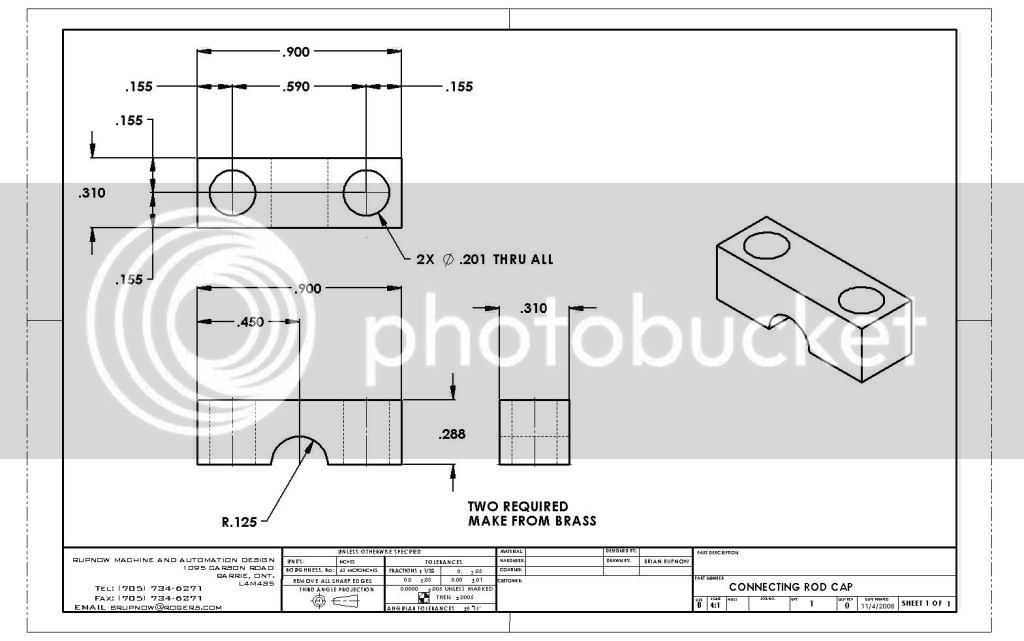oldboatguy
Member
- Joined
- Sep 16, 2008
- Messages
- 22
- Reaction score
- 2
Brian,
Beautiful job so far!. Earlier on, I thought your journal webs looked a mite thin in proportion to shaft diameter for a built up crankshaft but you have negotiated that part superbly. I particularly liked the way you used the journal shaft extensions for machining setup. I know a couple of old lathe hands who would have loved to have that option when doing journals on replacement stamping press cranks. (they were one piece forgings.) I have done a couple of built up cranks in the past and used a 4-jaw chuck to get my journal offsets just like the old guys taught me. I like your way much better since it makes it possible to do the crank with only a 3 jaw chuck!
I am looking forward to seeing how you do the cylinder block & valves.
Good job!
Gerry
Beautiful job so far!. Earlier on, I thought your journal webs looked a mite thin in proportion to shaft diameter for a built up crankshaft but you have negotiated that part superbly. I particularly liked the way you used the journal shaft extensions for machining setup. I know a couple of old lathe hands who would have loved to have that option when doing journals on replacement stamping press cranks. (they were one piece forgings.) I have done a couple of built up cranks in the past and used a 4-jaw chuck to get my journal offsets just like the old guys taught me. I like your way much better since it makes it possible to do the crank with only a 3 jaw chuck!
I am looking forward to seeing how you do the cylinder block & valves.
Good job!
Gerry





